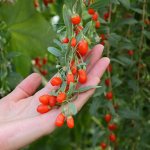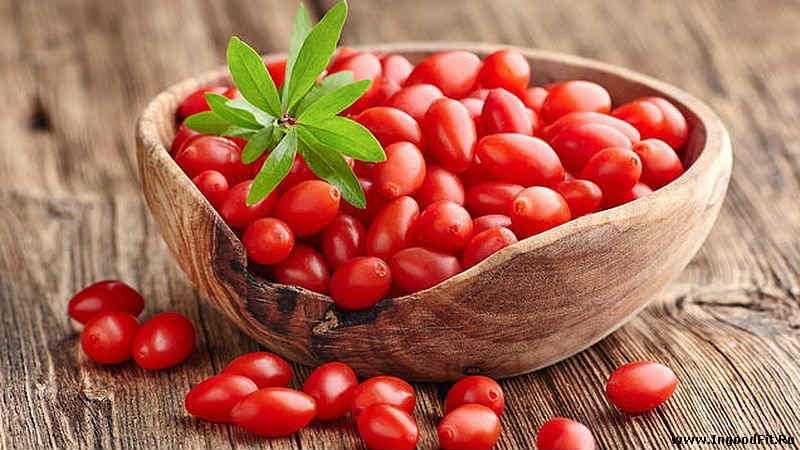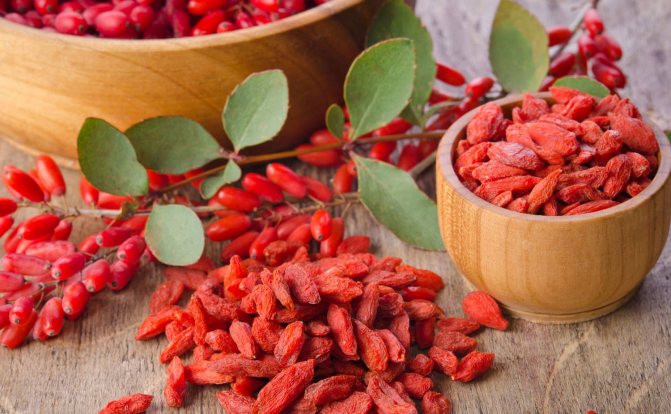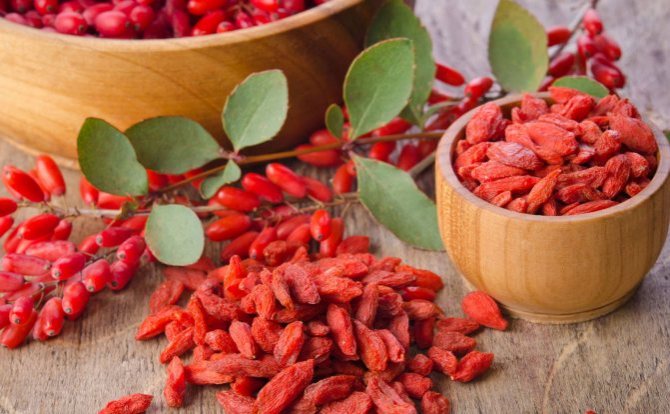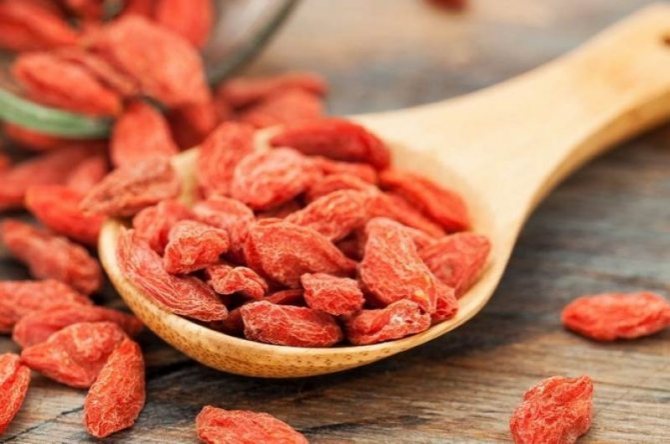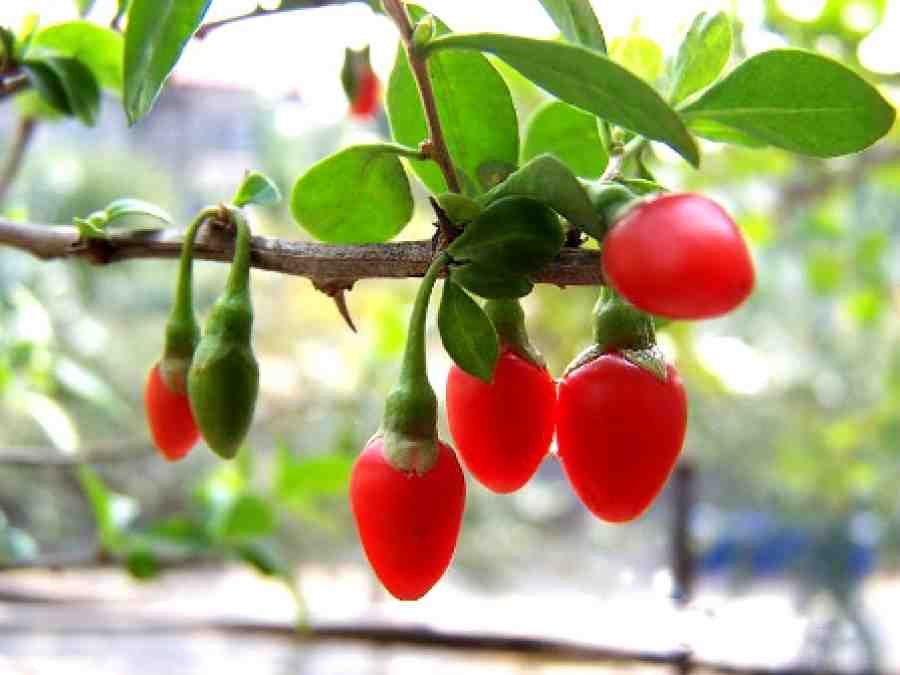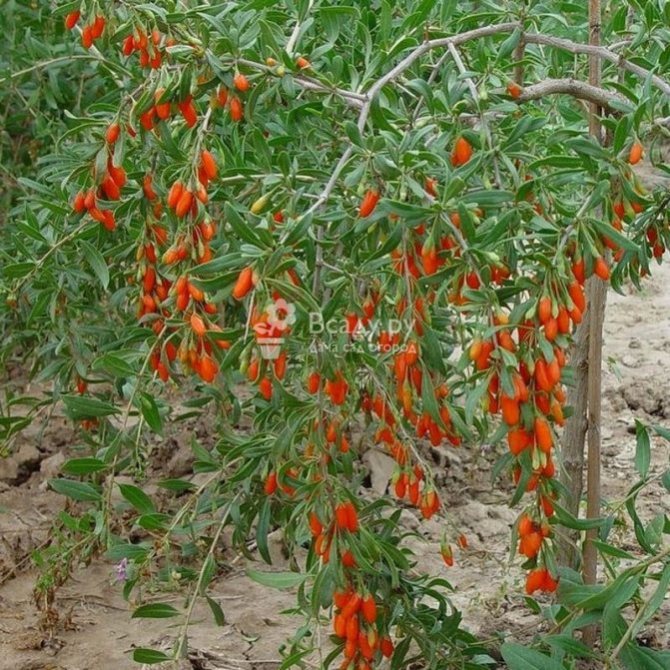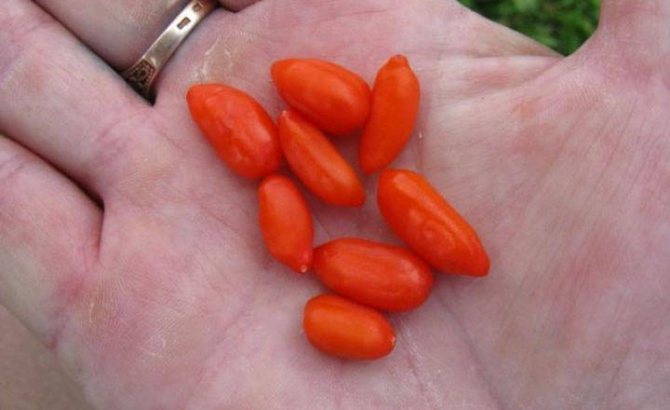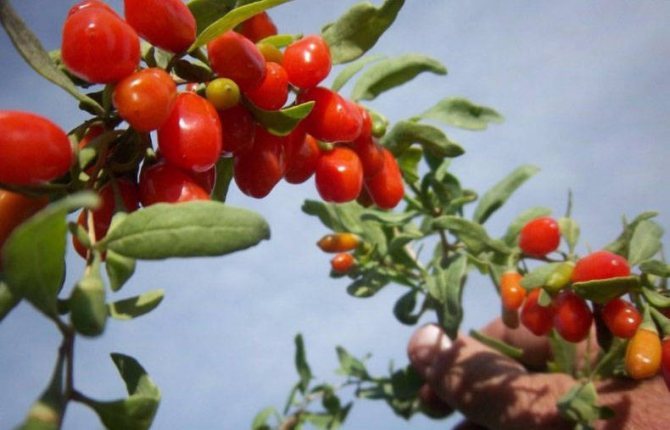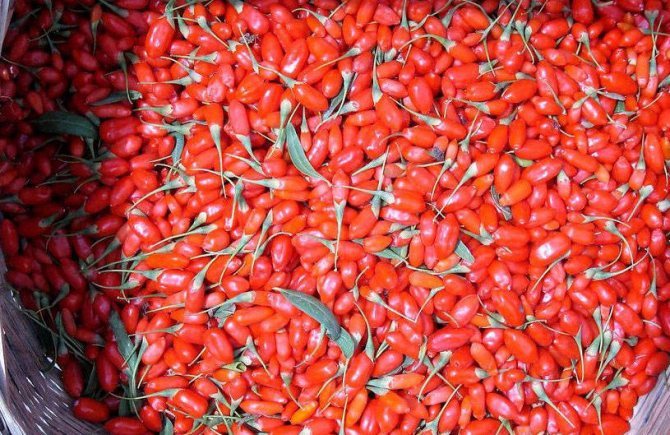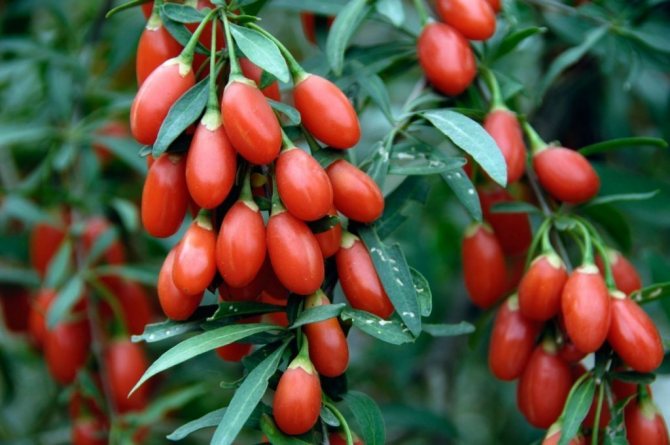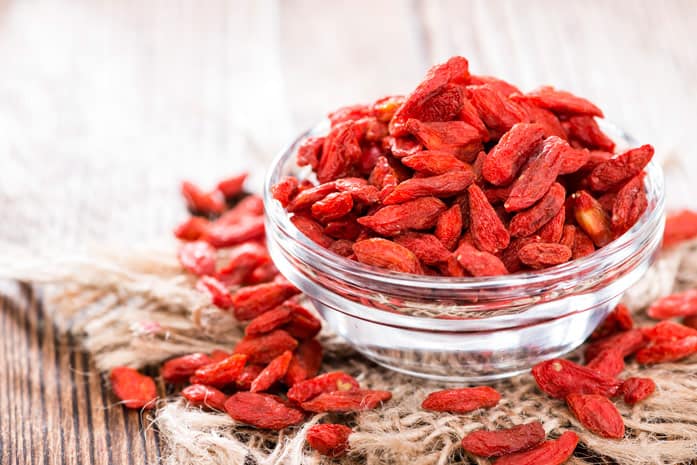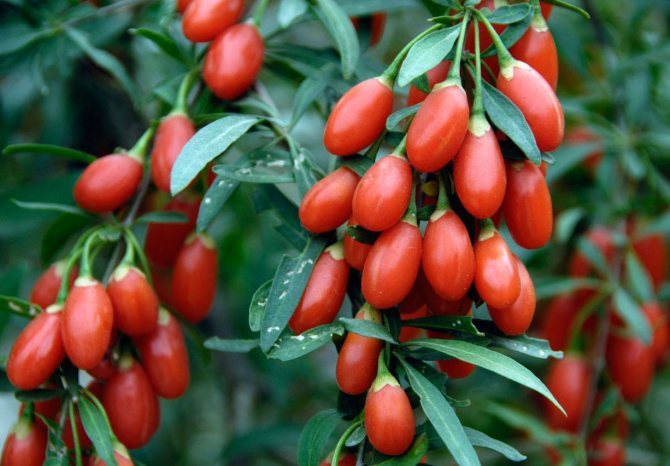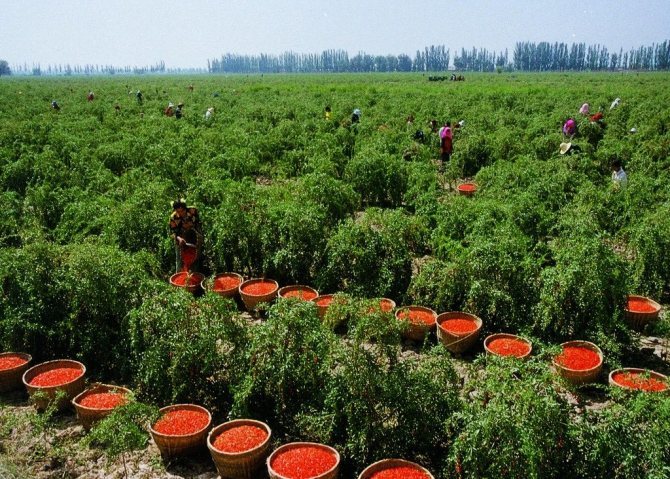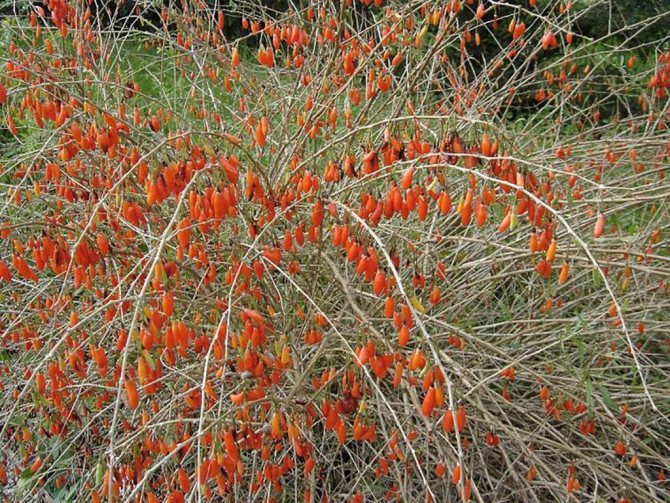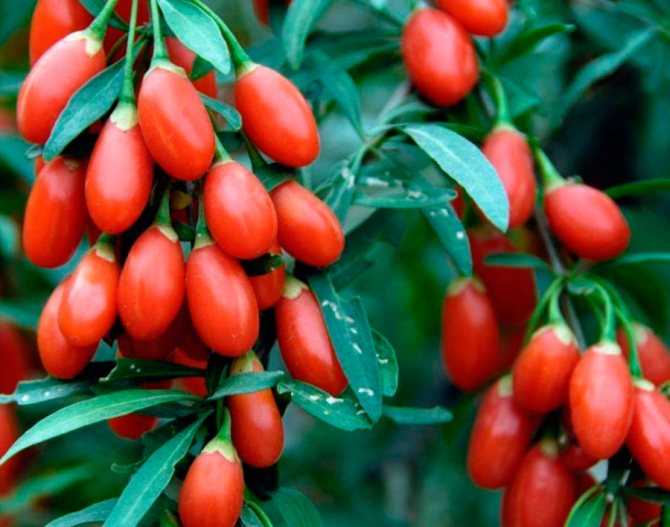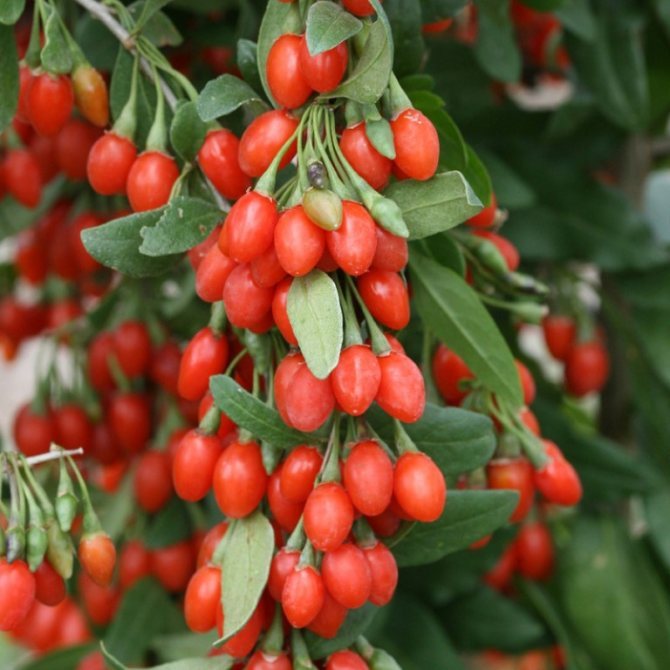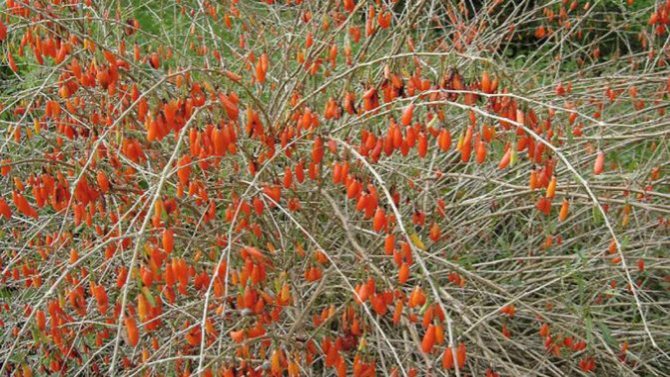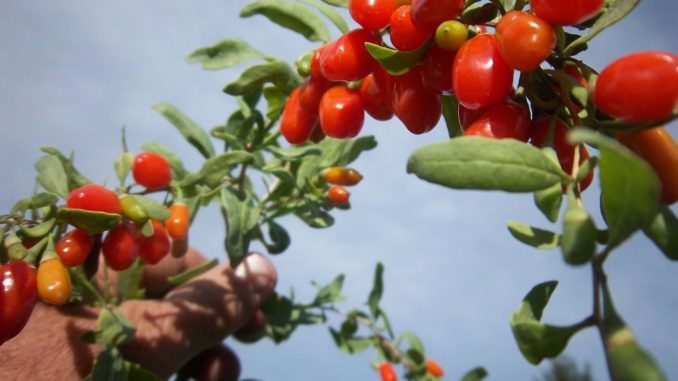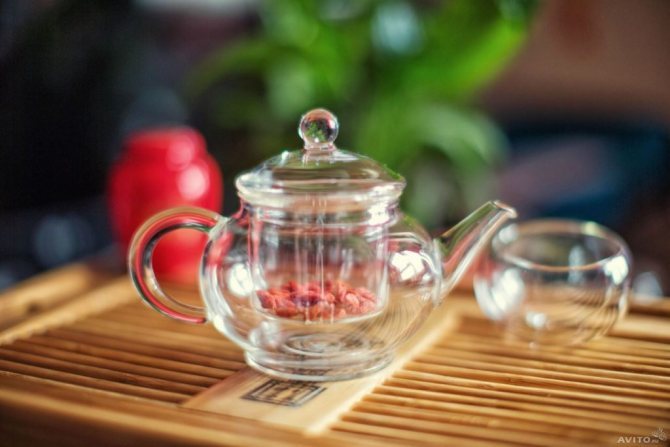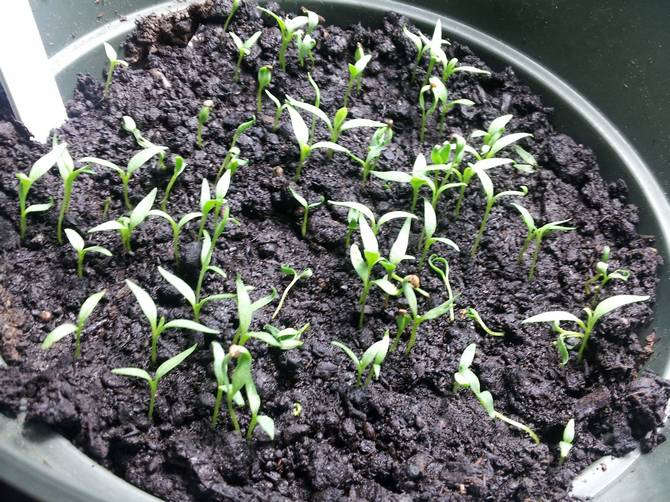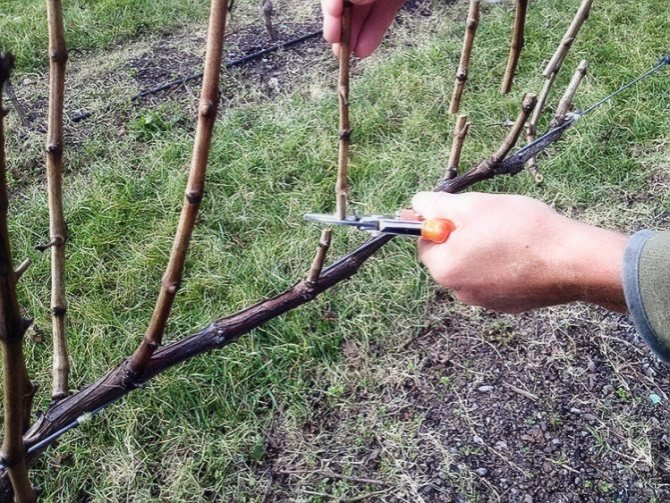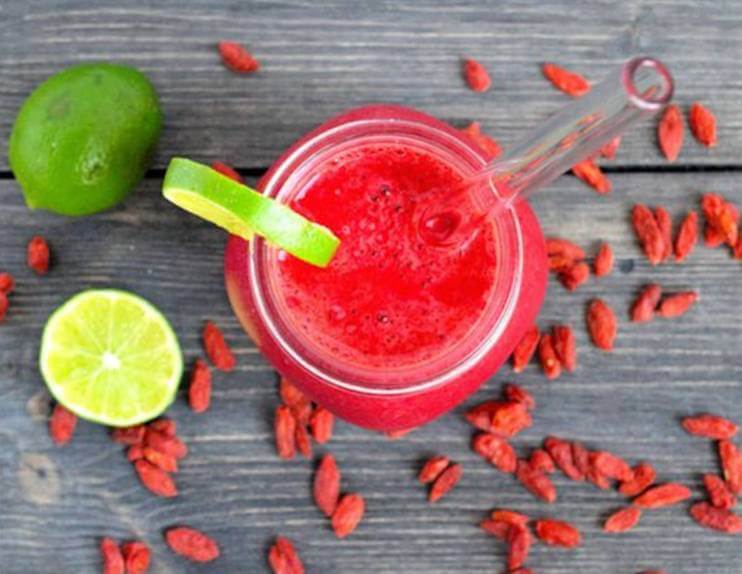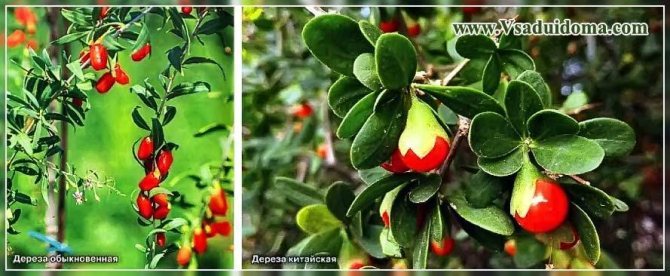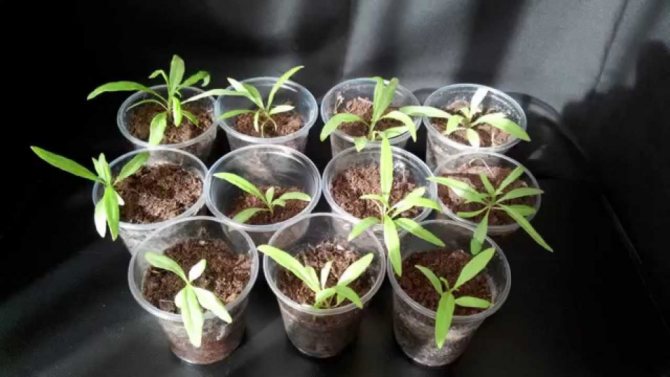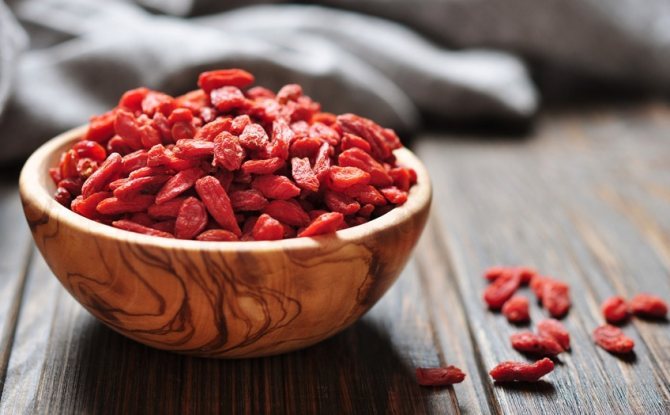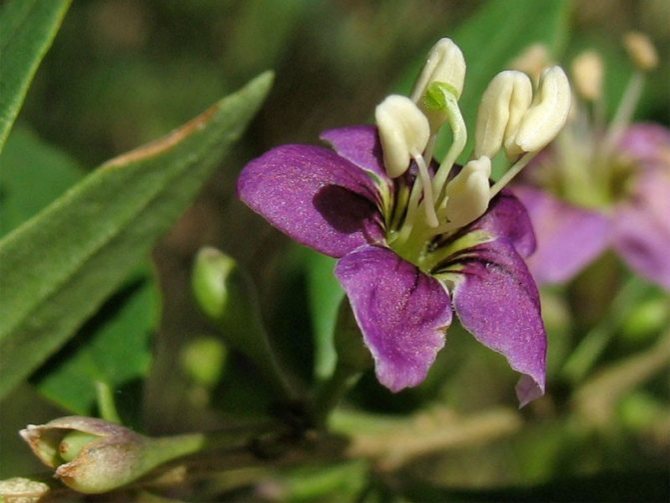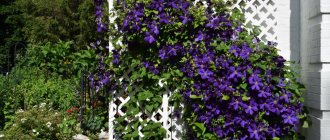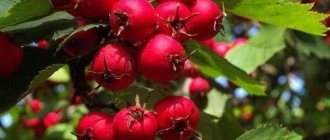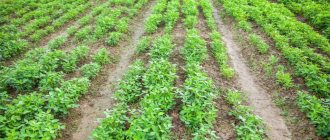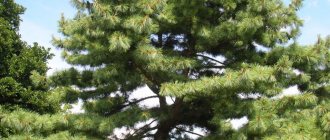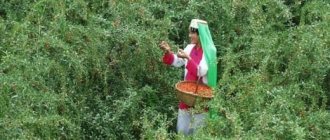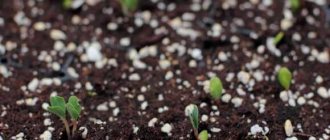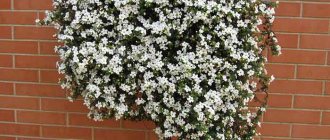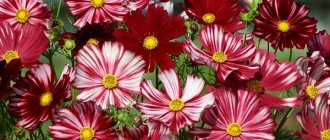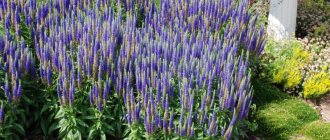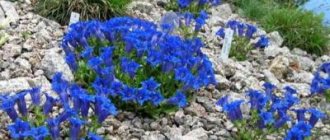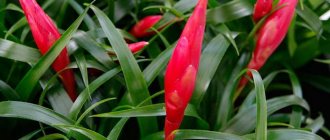Many have heard of the beneficial goji berries, which are used in Asian countries to treat various diseases and lose weight. Many people like their unusual taste, which is difficult to compare with anything. To have goji on your site, care and cultivation must be carried out in accordance with all the rules.
Choosing a variety for growing in central Russia
Goji (from Chinese Goji - dereza) gave rise to many legends about monks who lived surprisingly long lives. Originally a berry from the Tibetan plateau. However, it can also be found in the Kuban, the Caucasus, in central Russia.
Dereza belongs to the nightshade family. Goji is essentially a deciduous shrub. It can grow up to 3 m high.
The branches of the wolfberry are prickly, drooping, have small leaves. The crown can grow up to 5-6 m in diameter. The roots of the plant are very strong, powerful, and have a large number of processes.
Dereza berries are of Chinese oblong shape, can reach a length of 2 cm. Their color is orange, bright red or, in some varieties, yellow. The leaves are green. Dereza shrub blooms from June to October.
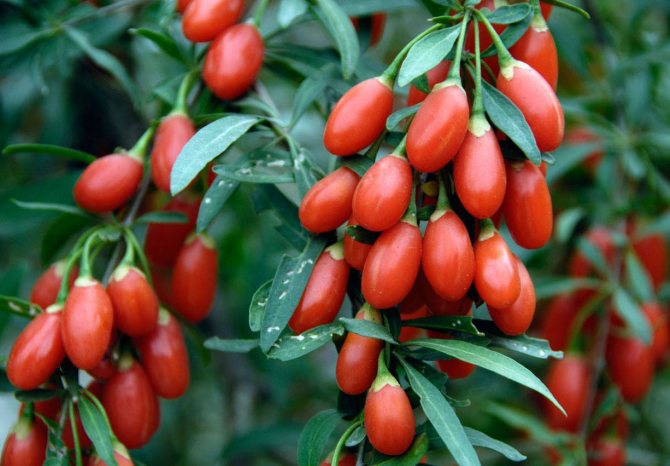
The shrub exudes a pleasant aroma, flowers are pink, purple or purple. The plant will be able to decorate any site, as it looks very beautiful.
Fruiting, as a rule, begins only after 3 years after planting in a permanent place. There are cases when the fruits are formed a little earlier.
Goji berries, varieties with frost resistance, can be grown in regions where temperatures drop to -25 ° C.
Below are a few popular varieties suitable for growing in Russia:
Goji New Big (New Big) - the variety was bred by breeders from Poland.
It is ideal for urban cultivation. Dereza tolerates the smoke of the city well.
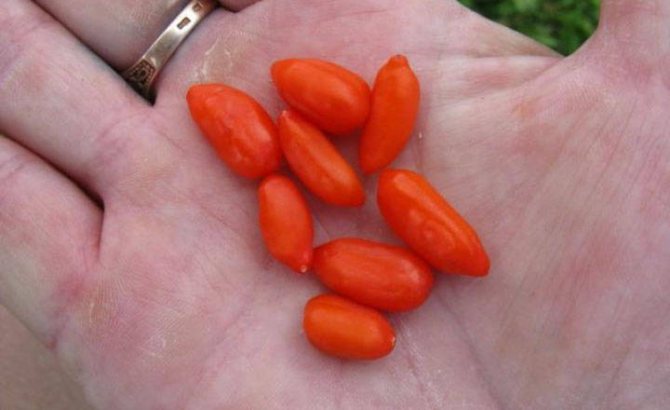

Licium new big fruits are oblong, pleasant taste, sweetish.
The shrub also tolerates drought and wind well.
Goji tree grows up to 3.5 m.
The variety differs in that it can be grown by tying it to a support or started up like a vine. The shrub grows very quickly, it can add up to 1 m per season.
Fruiting can begin in the first year of cultivation. It easily tolerates cold winters, even 30-degree frosts.
New big is an unpretentious plant. It is widespread on the slopes of the mountains, no one cares for it there.
Thus, the variety is suitable for growing in central Russia, it is very unpretentious;
Goji Lhasa (Lhasa) - Dereza begins to bear fruit 3-4 years after planting.
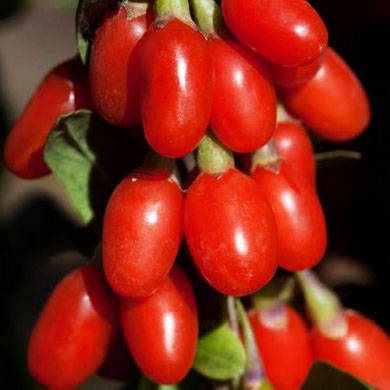

The variety was developed in China.
A shrub grows up to 3 m in height.
During flowering, purple inflorescences can be seen.
Also, the plant has arched branches and small thorns on them.
The variety is early ripe, the berries are oblong.
They are slightly larger than other varieties. The berries are delicious with sweet and sour pulp, which is slightly bitter.
Advantages of goji lhasa in early maturity and frost resistance. Red fruits remain on the branches until frost;
Chinese goji is a high-yielding mid-season variety.
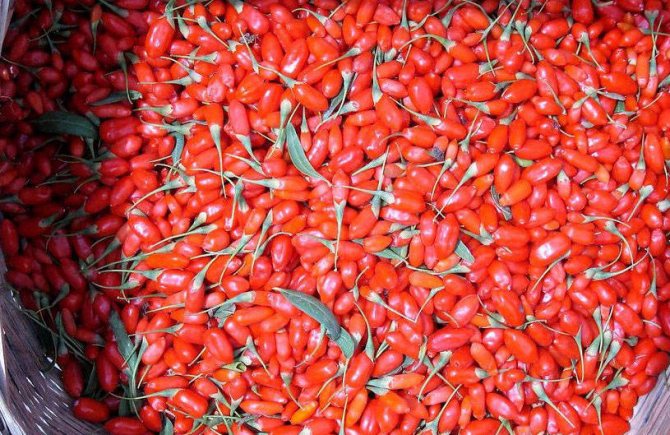

Shrub with half-wilted branches.
It grows up to 2 m high.
Differs in resistance to pests and many diseases.
It is also considered hardy and bears fruit in almost all growing conditions.
This variety is recommended for planting 2 plants. This ensures better pollination, the bushes begin to grow faster;
Goji Superfruit - the variety is suitable for growing in our country.
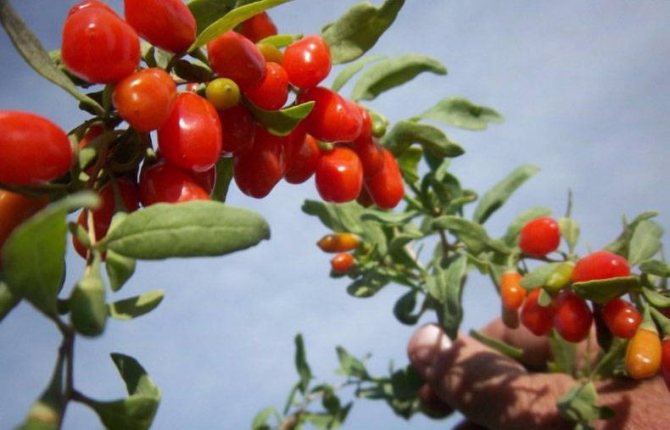

His homeland is Tibet and the Himalayas.
A 2-3 meter shrub loves sunny places.
In the third year, fruiting begins. The berries are red or pink.
We grow miraculous goji berries on our site
Others believe that these miraculous berries are a storehouse of useful and vital micronutrients.
In this article, we will learn not only about why this plant is so useful and valuable, but also about how to grow goji berries in our country house.
Mysterious goji berries in Russian and scientifically are called "dereza". Actually, only the fruits of the Chinese wolfberry - Lycium chinense, or the common wolfberry (barbaric) - Lycium barbarum can be considered as goji berries.
Among the people, wolfberry is also called wolfberry (but this name bears a number of different plants, including those that are not poisonous like wolfberry), lure.
You can often hear the name "Tibetan barberry", but Dereza and Barberry (Bérberis) are completely different plants from different families - do not mix it up! You may be slipped barberry seedlings disguised as goji.
The name "Goji" (Goji) came into English from the Chinese dialects - this is how the dereza is called in China.
Dereza ordinary is practically not inferior to the product in terms of properties, but its distribution area is wider - you can find this berry in the east and center of China, throughout Southeast Asia, and in our country too: in Central Asia, in the Kuban, in Primorye , in the Caucasus, in Ukraine, in central Russia.
Dereza belongs to the Solanaceae family, it is a deciduous shrub that reaches 3 meters in height, with hanging thorny branches and small leaves. The crown can reach up to 6 m in diameter. The root system is strong with deep strong roots forming many root suckers.
The plant, if cultivated, is quite decorative: branches of a pleasant light yellow color, the color of the leaves is light green above, below - bluish.
It will bloom in June and will be pleasing to the eye until October. Pink, purple, sometimes even brown-purple flowers have a mild pleasant scent.
The berries are oblong, orange, crimson-red in color, up to 2 cm in length, envelop the shoot like a scattering. Fruiting will begin from 3 years after planting, sometimes earlier.
The homeland of the miracle berries and the area where they first learned about its usefulness is Tibet. In China, the history of eating goji goes back tens of thousands of years. Since the last century, goji have gained incredible popularity in many countries around the world. For its healing properties, goji berry is rightfully recognized as one of the most useful natural herbal remedies.
Dereza belongs to the nightshade family. Out of more than 40 species of plants bearing the scientific name "Dereza", as a rule, it is common Dereza that is grown outside China. Due to its unpretentiousness and relative ease of care, this plant is very popular and is perfectly cultivated in the countries of Asia, Africa, the Caucasus, Ukraine, Primorye, as well as in central Russia.
Planting seedlings
Planting goji in spring is possible when there are grown-up Chinese goji berry seedlings.
Planting material is purchased from hands or in specialized stores.
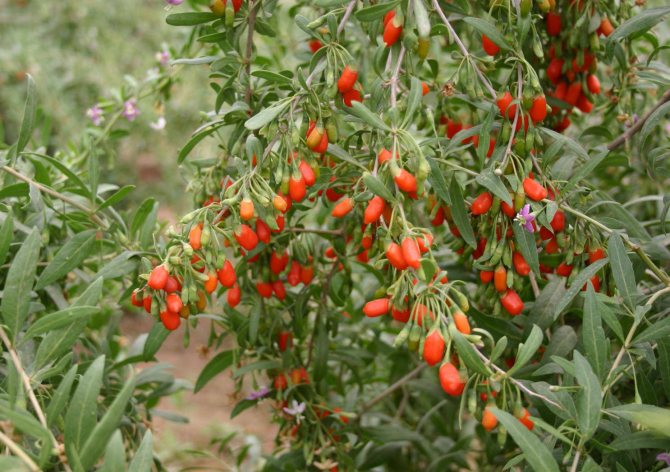

Before disembarking, you need to prepare a place on the site. First, dig a hole 40x50 cm in size.
Drainage is poured at the bottom, it is advisable to use the material of the coarse fraction.
Humus, wood ash, superphosphate are poured into each hole. Next, a seedling is placed there and sprinkled with earth on top.
Be sure to water the plant. The soil surface is mulched. Peat or humus is perfect for this.
Goji berry, planting, caring for which in the suburbs will not be difficult, can be grown without much effort.
The shrub adapts well, is drought-resistant, and is not afraid of frost.
When planting plants in open ground, it is important to observe the distance between individual specimens - it should be at least 200 cm, since the shrub grows in height and width.
Choosing a place on the site for growing goji
The soil for the goji shrub should be slightly acidic, but in principle, any will do, since the shrub grows well everywhere.
You need to choose a place that is well lit. Dereza berry does not tolerate stagnant water, this must be taken into account when choosing a site.
Planting in the fall is rare, so spring is considered the best time.
How to choose seedlings when buying
When buying seedlings, you need to pay attention to the following points:
- Verified sellers - you need to buy seedlings from them, since the future growth, development and productivity of the shrub directly depends on the quality of the planting material. It is recommended to give preference to nursery seedlings.
- The presence of a tag - the name of the variety must be indicated on it. Make sure it is suitable for growing on the site.
- Leaves and roots - it is better to give preference to seedlings without leaves. The roots must be in good condition, not damaged or dry. You need to buy a seedling with a small clod of earth.
- No pests - be sure to carefully inspect the plant. Any signs of the presence of pests or diseases should be a reason for refusing to buy a low-quality seedling.
Plant selection plays a huge role. Only by acquiring a high-quality shrub without diseases and pests can one hope to get a rich harvest for several years.
Plant features
It is a deciduous shrub with small leaves and thorny hanging branches, capable of reaching a height of 3 meters. The crown is very dense and can grow considerably in width. Dereza has a strong root system with numerous root suckers.
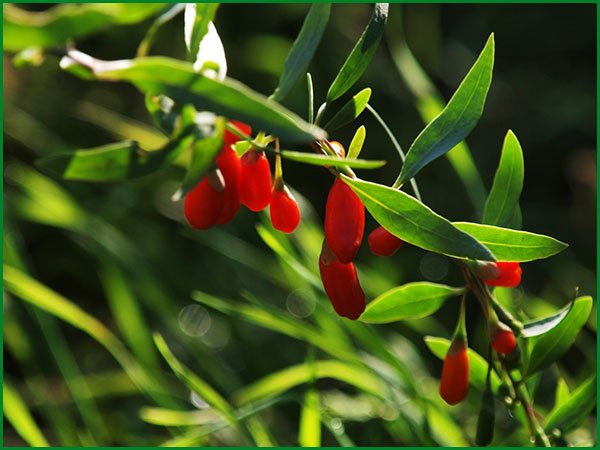

Dereza ordinary
Differs in a long flowering period - from June to October. The flowers are very small, purple, sometimes brownish-purple with a delicate scent.
The plant begins to bear fruit when it reaches 3 years of age in the period from May to September-October, which allows up to 13 crops to be harvested in one year. Depending on the age of the plant, the yield from one shrub can vary from 1 to 10 kg. The berries are predominantly orange or deep red, oblong, up to two centimeters in length. The dried fruit tastes like raisins.
With proper cultivation, the plant can become a decoration of the garden, thanks to the colorful saturated colors of leaves and branches.
Seed breeding method
Provided that the goji is grown from seed, the shrub will begin to bear fruit in about 3-4 years. Goji berry seeds are harvested from dried berries.
To make them easier to remove and not damage, first the dry fruits are placed in water. There they must lie down for a while.
When they are soft, it will be easy to get the seeds out.
To accelerate germination, the seed can be soaked using a growth stimulator.
Next, they prepare boxes, pots or other convenient containers, fill their bottom with drainage. Top covered with earth. The grooves are made 2-3 cm deep.
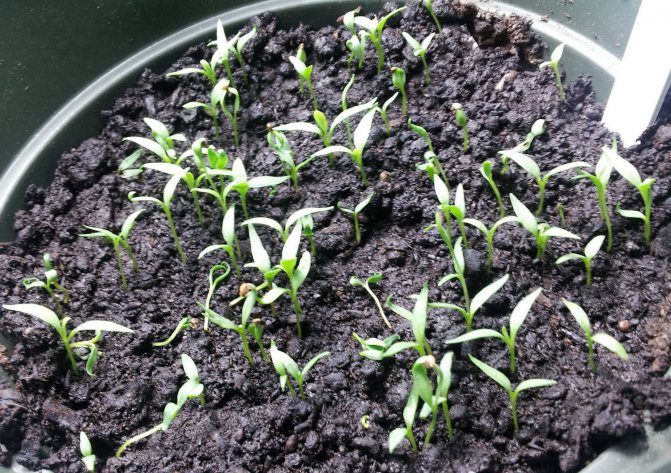

Seeds are taken and carefully laid out on the bottom of the furrows. Sprinkle a little earth on top, cover with glass or film.
For germination, the temperature is maintained at 20-25 ° C.
Seedlings dive at the stage of formation of 3-4 true leaves.
Plants are carefully removed from previous containers.
It is better to transplant in separate containers with a small clod of earth.
Then they are placed in a new place, sprinkled with earth, watered.They are planted in the ground in late spring.
Structure
Goji berries have many beneficial properties due to their composition.
They contain 11 macroelements (minerals contained in the body in large doses) and 22 microelements (minerals contained in the human body in microdoses).
Minerals
Minerals that are contained in these berries:
- Potassium is an essential element for the proper functioning of the brain, cardiovascular system, muscles. Maintains water and acid balance, blood osmotic pressure.
- Sodium - is a part of blood and intercellular fluid, maintains osmotic pressure and normal blood pH. Together with potassium, it ensures the normal functioning and excitability of cell membranes, helping amino acids and sugars to pass through them unhindered. Sodium is involved in the production of gastric juice, transfers carbon dioxide from cells through the blood to the lungs.
- Calcium is one of the most important elements in bones and teeth. It ensures the correct contraction of muscles, including the heart, and also conducts nerve impulses between nerve cells, improves blood clotting.
- Magnesium - conducts nerve impulses, maintains the rhythm of heart contractions, stimulates brain activity, lowers blood pressure, takes part in the production of cellular energy.
- Iron - part of hemoglobin, is a component of the main enzymes.
- Copper - improves the absorption of proteins and carbohydrates, takes part in the formation of cartilage, ligaments, tendons and bones. Promotes the production of hemoglobin and the formation of red blood cells. Improves the condition of blood vessels and skin.
- Manganese - is an activator of enzymes and is a part of some of them, is involved in protein synthesis and metabolism.
- Zinc - contained in 300 enzymes. It supports the growth and division of cells, has a beneficial effect on reproductive function (especially in men), and participates in the process of hematopoiesis.
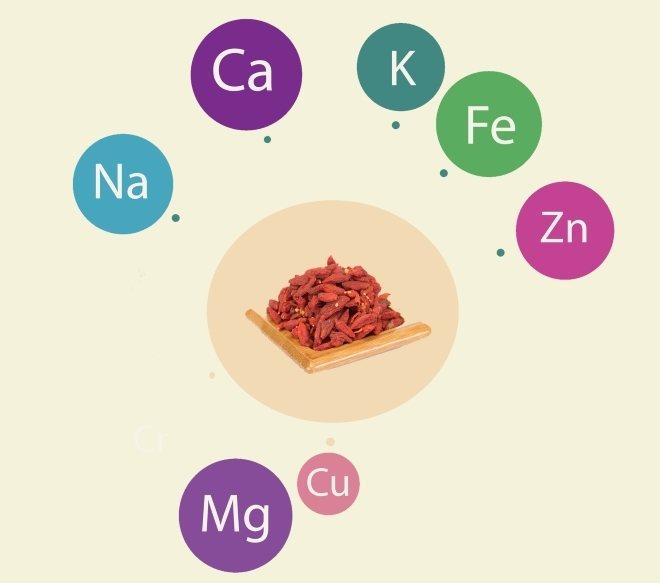

Amino acids
These fruits contain 18 amino acids, including irreplaceable ones:
- valine;
- leucine;
- methionine;
- phenylalanine;
- isoleucine;
- lysine;
- tryptophan;
- threonine.
Some of these substances are not produced in the body, while others are produced in minimal quantities. In this regard, the listed amino acids must be ingested with food.
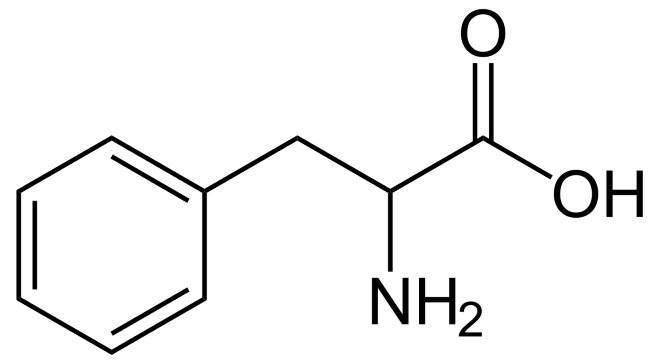

Their main function is that they can chain together and form proteins. Individual amino acids help transmit nerve impulses between cells. During periods of intense physical exertion, amino acids function as a source of energy for muscles. They can activate metabolism by promoting the absorption of vitamins and minerals.
Vitamins
This fruit contains 6 essential vitamins:
- C;
- E;
- IN 1;
- AT 2;
- AT 6;
- AT 12.
Research has shown that goji berries contain more vitamin C and other nutrients than citrus fruits.
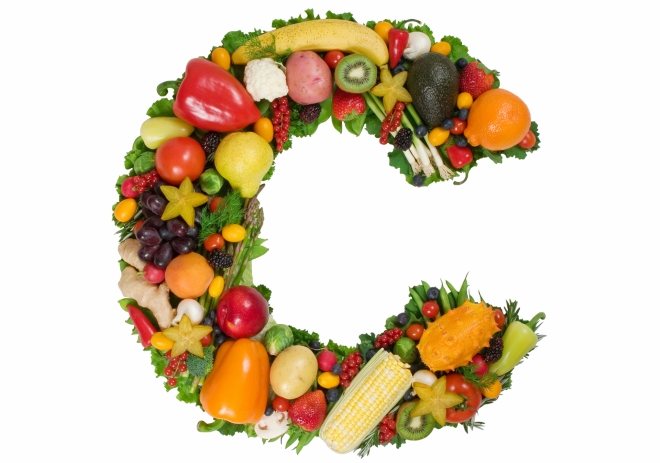

Other components
The berries also include 8 varieties of polysaccharides and 6 varieties of monosaccharides. The following polysaccharides have the greatest value and specific structure:
- LBP-1;
- LBP-2;
- LBP-3;
- LBP-4.
These components are found exclusively in goji fruits.
They strengthen the walls of blood vessels, increasing their elasticity and strength, normalize blood pressure, prevent the occurrence of hypertensive crises, strengthen the immune system and increase stress resistance.


In addition, they help to fight obesity, normalize the intestinal microflora, prevent the onset of dysbiosis, since they feed on beneficial bacteria living in the large intestine.
Polyunsaturated fatty acids, including essential ones, are not produced by the body. These include linolenic and alpha-linolenic acids. They are isolated into a separate vitamin group - vitamin F.
They improve the functioning of the heart and blood vessels, normalize blood circulation, prevent the occurrence of atherosclerosis and arrhythmias. These acids facilitate the penetration of nutrients through cells into tissues, and eliminate inflammation.
Elements such as phytosterols (including beta-phytosterol) help to strengthen cell membranes, lower blood cholesterol levels, and reduce the risk of atherosclerosis, prostate cancer and type II diabetes.
Berries (also called goya) contain 5 types of carotenoids: beta-carotene, zeaxanthin, lutein, lycopene, and cryptoxanthin. These species have strong antioxidant properties that protect cells from free radicals. Beta-carotene is converted in the body to vitamin A.
Phenols of various types also have powerful antioxidant effects on the body.
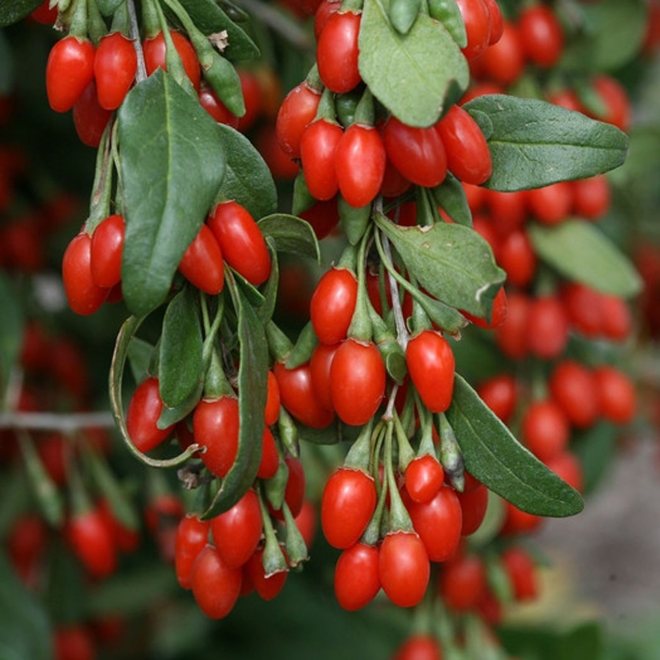

Cuttings
Growing by cuttings allows you to harvest much earlier than getting goji berries from seeds.
You can cut by layers as follows:
- This method will require a bush over 3 years old. Strong branches are chosen on it.
- They are bent to the ground.
- Further, before the onset of cold weather, cuttings are cut into 10-20 cm long.
- After that, they are planted in a greenhouse, and an insulated balcony is also suitable for propagation of goji by cuttings.
Agrotechnics of care in the open field
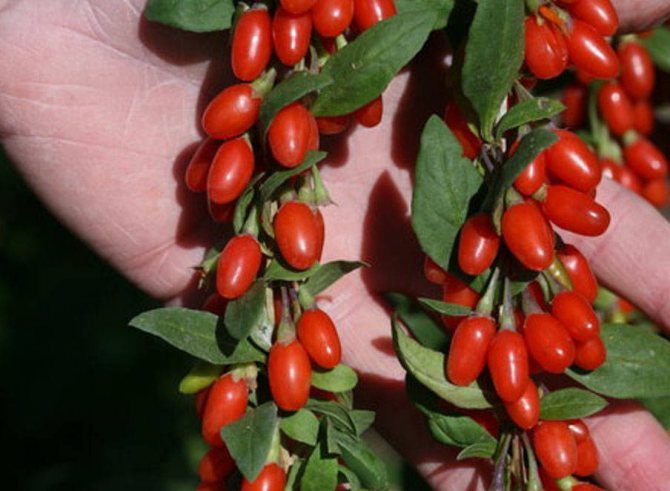

The common wolfberry plant is thermophilic, it does not tolerate excessive soil moisture.
In order to obtain a good harvest, it is recommended to create the best growing conditions.
Goji farming techniques are not difficult. The shrub needs to be watered, loosened the soil, and fed with fertilizers.
Watering and fertilizing
When growing a goji bush, special attention should be paid to the first 2 years. Watering plays a big role. It is important not to flood the plant, but it is also impossible to allow the soil to dry out.
Watering should be regular, abundant. In this case, you need to focus on weather conditions.
Watering is recommended only in very hot summers, as the shrub tolerates drought well.
Note! Excessive moisture can cause root death. To prevent this problem, the trunk circle is covered with a film for the duration of prolonged rains and cold weather. As a rule, for the first year, the Tibetan barberry is watered 2 times in 7 days. The grown plant can be watered less often, about 1 time per week.
Fertilization is required only for young plants. Superphosphate or humus will be an excellent top dressing.
Dereza is an extremely unpretentious plant, therefore it grows well on poor soils.
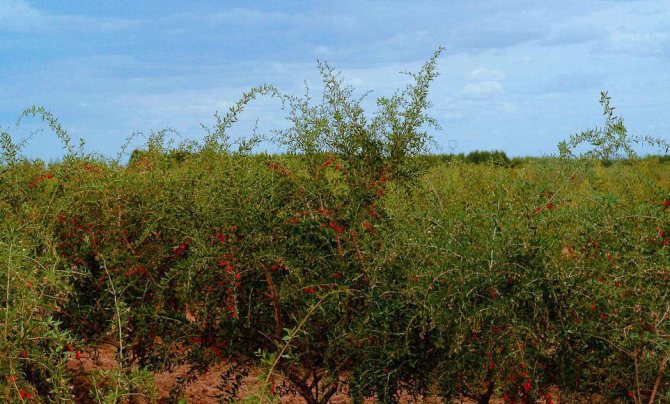

Goji pruning and shelter for the winter
Pruning is required regularly for goji shrubs. For the first few years, the strongest and strongest branches are chosen.
There should be from 3 to 6 pieces. They will serve as the basis, the rest will be cut off.
On a note! Berries are eaten only when dried. Picking them up with bare hands is not recommended as the juice can irritate the skin. Usually they spread the cloth under the plant and collect the fruits from under the bushes. Also, not everyone knows how to store goji berries so that they acquire medicinal properties. Ripe fruits are harvested - they are red. Unripe can easily be poisoned. They are dried, separated from the stalk. You can determine "readiness" by the skin, which begins to peel off.
Goji pruning in spring is also carried out in the case of growing wolfberry for decorative purposes.
To do this, leave one main trunk and try to form a tree.
Before the onset of cold weather, the plant is spud. Also mulch. The branches of the plant are covered with non-woven material, which will help preserve the plant in winter.
During the cold season, it is important that the shrubbery is completely covered with snow.
Recommendations
Berries are allowed to be consumed fresh, but more often they are recommended to be dried.For an adult, the recommended dose is 15-50 g of fruits - up to 30 pieces per day... For children and the elderly, 15 pieces will be enough.
It is recommended to use the fruits in the first half of the day, as eaten in the evening, they can provoke problems with sleep.
You can use berries:
- Like tea. To do this, pour boiling water over several berries and let them brew for 15 minutes. You can add fruits to leafy teas.
- To prepare a useful fortifying tincture, you need to pour 50 g of fruit with 500 ml of vodka, let it brew for a week. Use the product twice a day, 10 ml.
- You can make delicious cocktails: stir in a blender kiwi, orange, grapefruit juice, mint and goji leaves, then add ice.
- You can add them to food: salads, desserts, cereals, soups and meat dishes.
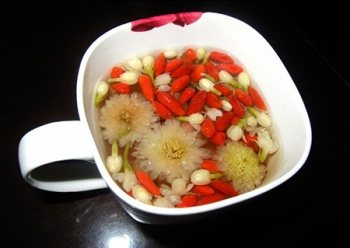

In the hot period, you can prepare refreshing vitamin teas, where, in addition to these berries, add rose hips, mint, rose petals, and other ingredients to taste.
You need to start using goji with small doses. Track your body's response... If signs of allergies, other negative manifestations are not noticed, you can eat berries and for treatment.
Please note that only berries grown in Tibet are beneficial. Due to the popularity of the product, many unscrupulous sellers try to sell counterfeit low quality products. It is important to verify the quality and authenticity of the purchase.
Prevention of diseases and pests
A distinctive feature of Dereza is frost resistance and resistance to diseases and pests.
The goji plant can be treated from time to time for prevention. It is also necessary to regularly inspect the shrub for traces of pests.
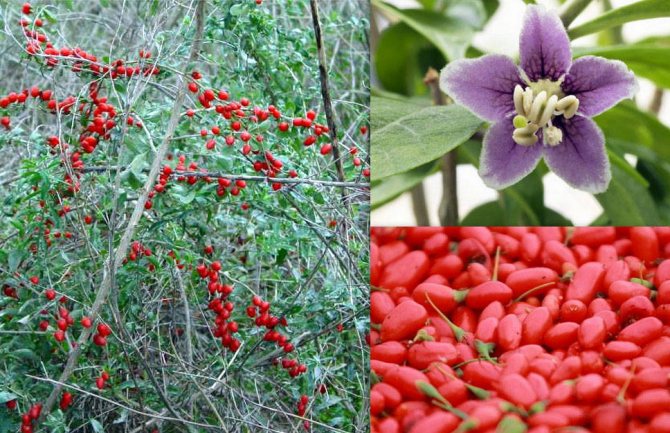

If any, the affected leaves are removed and burned. You can spray the plant with special preparations against pests or use folk remedies.
One of the diseases affecting the plant is powdery mildew. It appears from a lack of ash, which must be added to the hole during planting.

